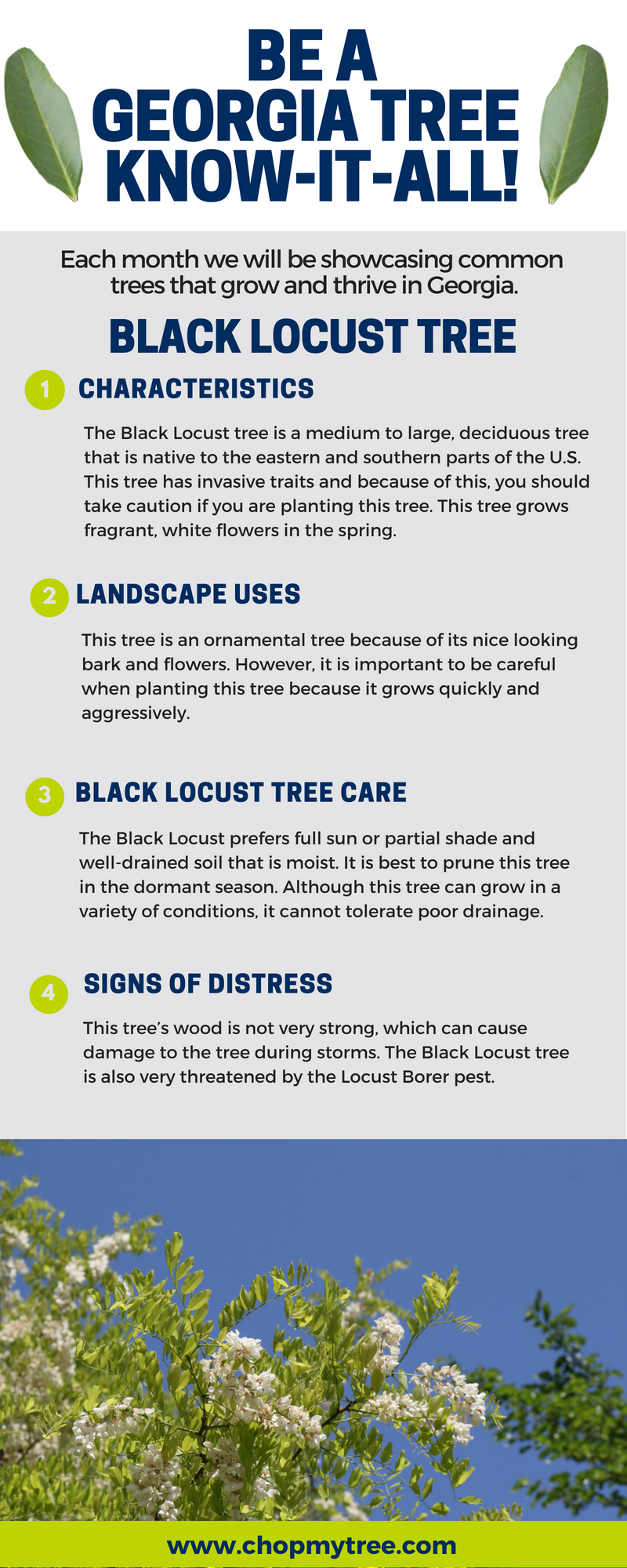Post-Tree Removal Maintenance: Efficient Approaches For Landscape Reconstruction
Post-Tree Removal Maintenance: Efficient Approaches For Landscape Reconstruction
Blog Article
Short Article Created By-McMillan Deal
After a tree's removal, your landscape may look fairly different, and it's essential to analyze the after-effects very carefully. You'll intend to examine the soil disturbance and examine surrounding plants for any signs of tension. Overlooking these aspects can lead to larger troubles down the line. So, what should you finish with those stumps and origins? And how do you select the very best plants for your rejuvenated area? Let's explore these vital steps.
Examining the Aftermath: Reviewing Your Landscape
After a tree removal, it's essential to assess your landscape to understand the effect it carries your backyard.
Beginning by taking a look at the location where the tree stood. Look for indications of dirt disturbance, and examine the surrounding plants for any kind of anxiety or damages.
You ought to additionally bear in mind of how the elimination has actually transformed sunshine exposure and airflow in your yard. This shift can affect the growth of nearby plants, so it's vital to examine their wellness.
Take into consideration the aesthetic elements as well; the elimination might create an open space that you can upgrade.
Lastly, consider any possible erosion issues that might emerge from the tree's lack. Addressing these elements early will aid bring back equilibrium to your landscape.
Dealing With Stumps and Origins: Alternatives for Removal
When you have actually examined the results of the tree removal, you'll likely require to deal with the stump and origins left.
https://holdenneukb.smblogsites.com/35297189/seasonal-pruning-of-trees-timing-and-methods-for-optimum-development have a couple of options for removal. One reliable technique is stump grinding, where a specialist makes use of a device to grind the stump down to underground degree. This technique leaves very little disturbance to your landscape.
If you favor a DIY technique, you can utilize a combination of digging and chemical stump eliminators. Just remember, this procedure can require time and effort.
Alternatively, consider leaving the stump as an all-natural feature, which can act as a distinct garden aspect or habitat for wildlife.
Whatever you select, attending to the stump and origins is crucial for restoring your landscape.
Picking the Right Plants for Your New Room
As you evaluate your freshly removed space, choosing the right plants can dramatically improve your landscape's appeal and functionality.
Start by considering https://www.journalstandard.com/news/20200508/easy-landscaping-ideas-to-spruce-up-your-yard and soil conditions. For warm locations, select drought-resistant plants like lavender or succulents. In shaded spots, brushes and hostas flourish well.
Think of the size and growth routines of your plants; mix perennials and annuals for seasonal selection. Don't neglect to integrate indigenous species; they need less maintenance and support local wild animals.
Group plants in weird numbers for a more natural look and produce layers for visual deepness.
Lastly, ensure you have a mix of colors and textures to keep your landscape lively throughout the seasons.
Happy planting!
Verdict
In conclusion, recovering your landscape after tree elimination is a satisfying process. By analyzing the consequences, resolving stumps and origins, and picking the right plants, you'll develop a growing setting. Don't neglect to integrate disintegration control measures to secure your dirt. With a little initiative and care, you can change your space right into a vivid yard that enhances your building. Welcome the possibility to rejuvenate your landscape and enjoy the elegance of nature right in your yard!
